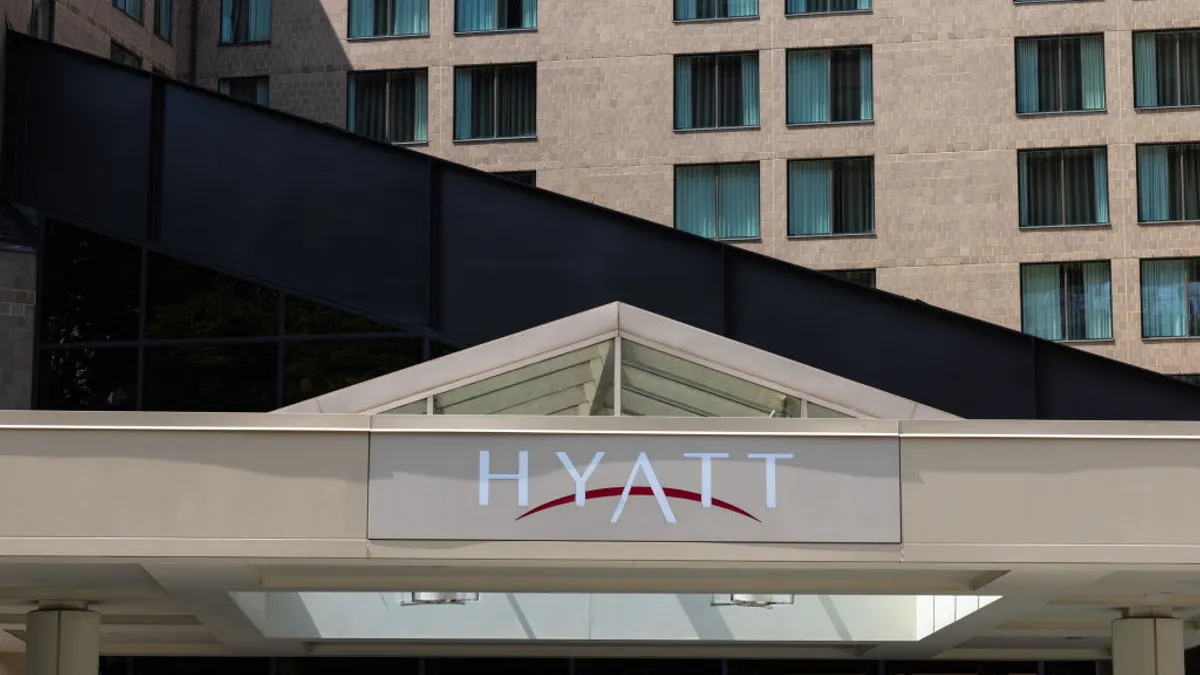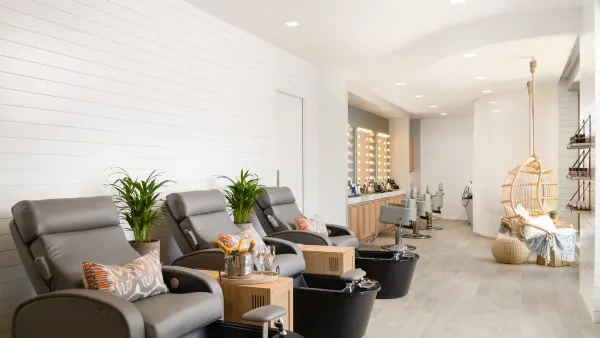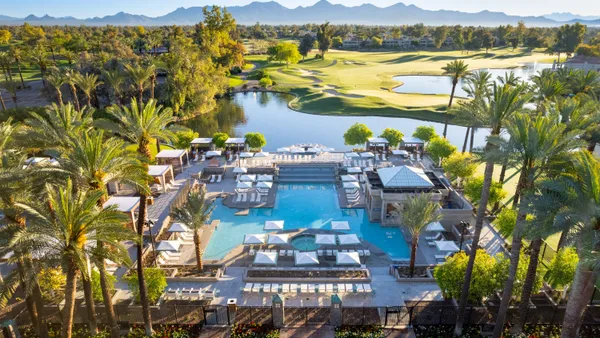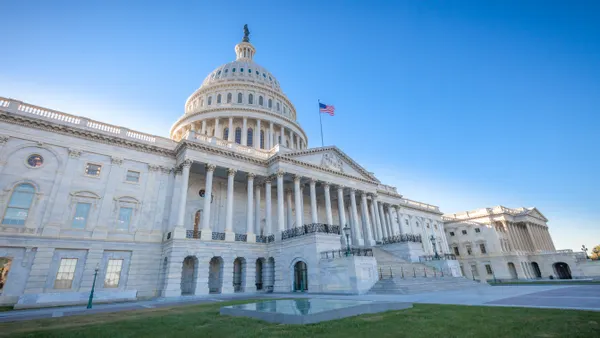In today’s travel landscape, shaped by instant gratification and rising expectations, a robust booking engine is crucial for meeting the demands of modern travelers. To stay ahead, hoteliers need to think like retailers, adding commerce-driven features that boost both guest satisfaction and revenue. Here are eight key features when selecting your booking engine:
- Intuitive UX Over a Pretty UI
A visually appealing website is important, but user experience (UX) is what truly drives bookings. 1 in 2 travelers (52%) will abandon an online booking due to a frustrating experience, proving that ease of use is non-negotiable. A well-designed booking engine should offer a smooth, intuitive flow, from search to checkout, making it effortless for guests to find and book their ideal stay.
- Speed is Everything
On average, three-quarter of shoppers (76%) have abandoned a cart due to slow website speeds. A sluggish booking engine doesn’t just frustrate guests; it costs revenue. Research shows a one-second delay can significantly impact conversions, causing a 7% loss in conversion and 11% fewer page views. Hotels must ensure their booking engine is fast, responsive, and fully optimized for both desktop and mobile.
- Seamless Data Syncing
A channel manager alone isn’t enough - hotels need a seamlessly integrated booking engine with a central reservation system (CRS) to ensure real-time inventory updates, prevent overbookings, and optimize operational efficiency across all channels. Without this connectivity, hotels risk discrepancies in room availability, leading to frustrated guests and lost revenue. Additionally, with real-time syncing, guests can modify their bookings or add ancillary services even after checkout, ensuring a flexible and dynamic retailing experience that mirrors the best practices of modern e-commerce.
- Flexible Payment Options
Buy Now, Pay Later (BNPL) is rapidly gaining popularity in travel, enabling guests to book now and spread payments over time. Travel providers who offer BNPL have seen a 48% rise in average booking value, encouraging higher spending. Whether it’s credit cards, bank transfers, or even cryptocurrencies, hotels that accommodate to regional preferences can significantly boost conversions. Additionally, enabling express checkout through Apple Pay, Google Pay, and other digital wallets streamlines the purchase process, reducing friction and eliminating hesitation in the final booking stage.
- Personalized Ancillaries
60% of travelers are willing to pay extra for additional amenities and unique experiences. Hotels have a huge opportunity to drive revenue beyond room bookings - on average $300 per ancillary spend and beyond. By integrating retailing enhancements, hotels can unlock new revenue streams and offer guests more than just a place to stay. The ability to sell ancillaries post-booking ensures ongoing revenue capture, whether through room upgrades, spa treatments, dining reservations, or curated local experiences.
- Member-Only Rates
Loyalty isn’t just about repeat stays - it’s about creating exclusive value that keeps guests engaged. 67% of consumers prioritize their loyalty programs when planning travel, which influences their decision to book direct. Offering member-only rates is a powerful way to reduce OTA (online travel agency) dependency and drive sign-ups for your loyalty program. To maximize impact, hotels should display member rates before login to drive loyalty program sign-ups while simultaneously increasing direct revenue.
- Persistent Shopping Carts
The average shopping cart abandonment rate sits at 74.7%, and the hospitality industry is no exception. Guests often browse, select a room, and then leave before completing their booking. To combat this, hotels should implement shopping cart persistence, allowing guests to return and complete their booking later without having to start over. Adding urgency triggers, like limited-time offers or social proof elements can encourage guests to complete their reservation by emphasizing the demand and exclusivity.
- Transparent Price Comparison
1 in 2 travelers (57%) factor price before making a booking decision. To prevent potential guests from leaving your site to check prices elsewhere, hotels should integrate an OTA price comparison widget within their booking engine. Displaying real-time OTA rates alongside direct booking prices reinforces price parity, reassuring guests that they’re getting the best deal by booking direct. This level of transparency builds trust and can lead to an increase in direct bookings while reducing click-away rates.
A modern booking engine is no longer just a reservation tool - it’s a commerce-driven platform designed to maximize revenue and guest engagement. By adopting these retail-inspired features, hotels can transform the booking journey into a seamless shopping experience to drive higher direct conversions. Sabre’s SynXis Booking Engine offers all these core features, ensuring your hotel stays ahead of the competition. Learn how SynXis can transform your booking engine and boost your hotel’s revenue.








